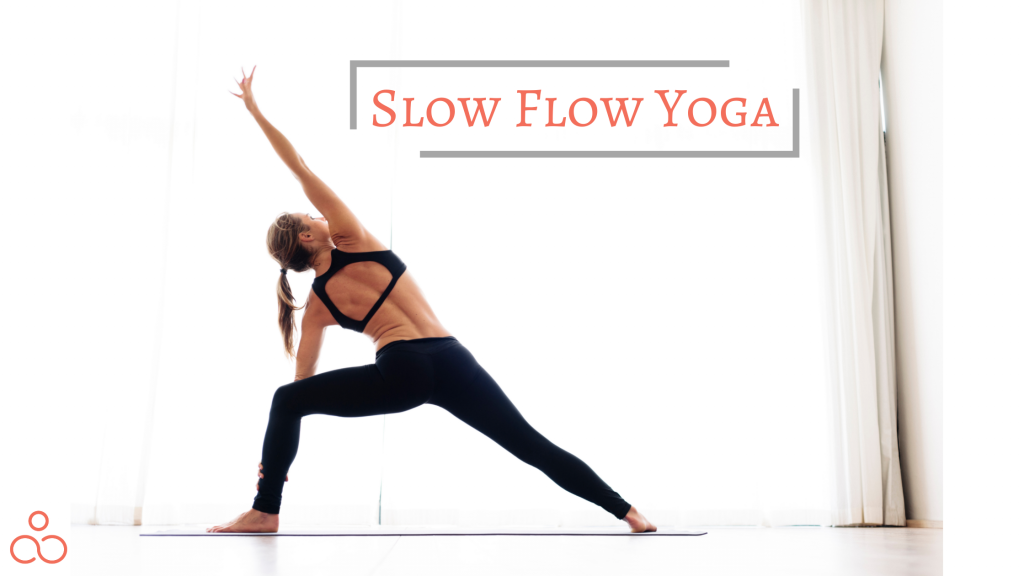“Slow” is the new trend in this fast-paced world. There was a time when everything was slow and people wished for fastness, like fast food, brisk walk, updating wardrobes to fashion trends, and whatnot. But now, people are getting back to the slow movement. Slow cooking, slow and sustainable fashion, and similarly slow flow yoga. While the world around us spinning at a crazy speed, slowness has set its mark on the balance of everything. Let’s discuss what exactly slow flow yoga is and everything related to it!
What is Slow Flow Yoga?
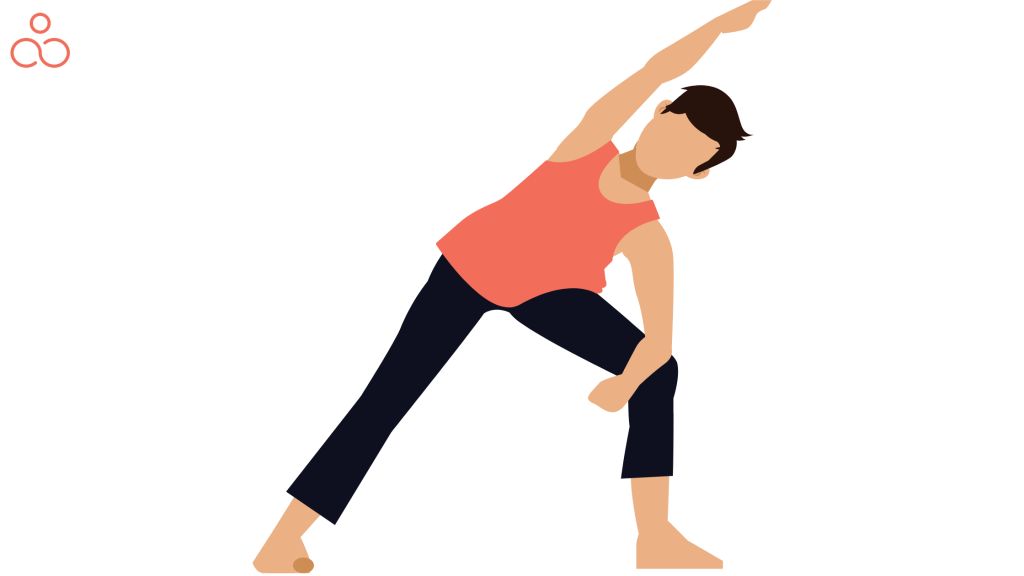
Throughout history, improvisation and personalization have given rise to several schools and styles of yoga. There have been multiple varieties of them with various forms of usage and interpretation. Slow Flow Yoga is another kind that has gained popularity in recent years. It is a middle path between hatha yoga and Vinyasa yoga. It has fewer transitions when compared to Vinyasa yoga and a better flow than hatha yoga. Vinyasa Yoga is a type of yoga in which we connect our breath to our yoga poses and movements. Slow Flow Yoga is a low-impact practice that can help you gradually get in shape. It is the opposite of the active versions like power yoga. The routines are planned in such a manner that the muscles and joints are progressively warmed up. As a result, it maintains the beautiful flow of yoga, with plenty of time to perfect the positions.
Some slow flow yoga postures include:
- Supported backbend
- Supported bridge pose
- Supported twist
- Supported triangle pose
- Supported half lotus
- Seated forward bend
- Wide-Legged seated forward bend
A simple Surya namaskar or sun salutation sequence can also be considered the best slow flow yoga you could begin with.
Pros and Cons of Slow Flow Yoga
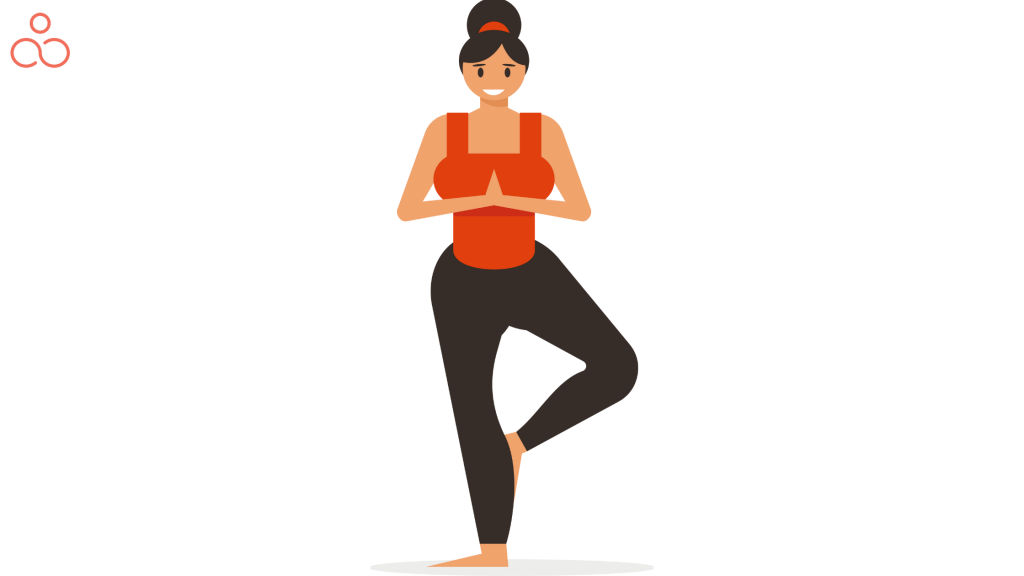
After thorough research we have come up with these lists that help you understand why you might like to shift to slow flow yoga:
- Provides sufficient time to focus on your body alignment
- Brings a composure and an added awareness to the mind and body
- Reduces the heart pace and adds a meditative experience
- Lowers the lactic acid build-up and cuts down on fatigue;
- Strengthens the smaller muscle groups and joints
- Brings in a sync of breath and motion
- Improves lung capacity
- Supplies oxygen to the blood
- Helps release stress slowly
- Allows room for props and modifications
- Suitable for kids and adults alike
- Easy transitional poses
- Prevents accidental injuries
- Cultivates a sense of gratitude towards everything
- Builds mental toughness
- Improves patience
- Enhances concentration
- Can become your warm up session
- Better relaxation than power yoga
- Improves overall health
Though there are undeniable benefits of slow flow yoga, you might also want to check this list of cons here:
- Doesn’t help much in strength building
- Not a challenging pace for experts
- Not an ideal cardiovascular routine
- Difficult to hold the mind in a meditative state
- Can be boring for someone looking for HIIT
How to Practice Slow Flow Yoga
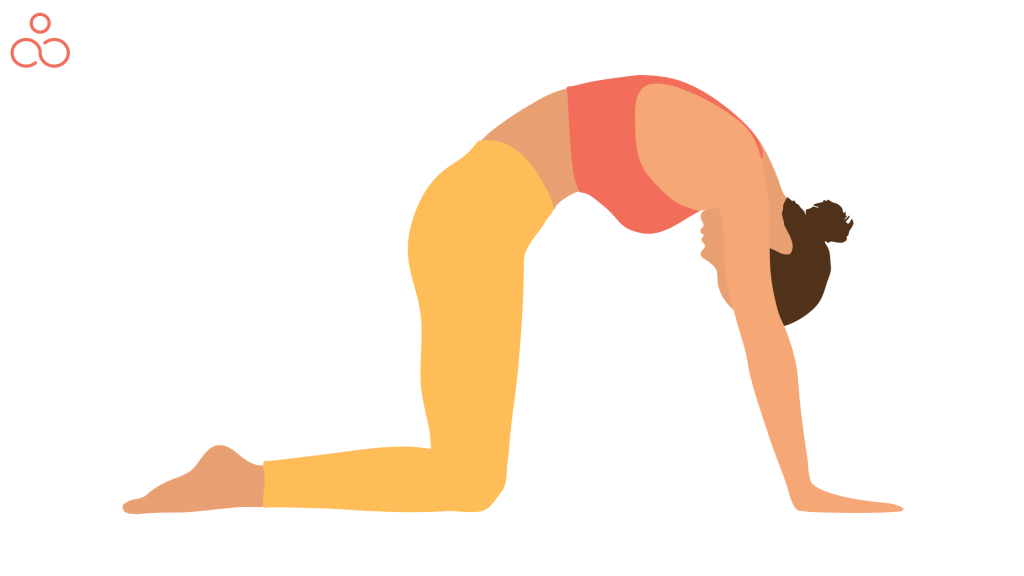
The number of poses in slow flow yoga sequences is limited when compared to other rapid yoga sequences. Just like any other yoga routine, you might have to start with a basic yoga mat and if necessary, you might even arrange for a few props to help you hold through the poses longer. Consciously, put in efforts for passive meditation to be able to find deep relaxation and to benefit in the best way possible from slow flow yoga.
Combination of Hatha Yoga and Vinyasa Yoga
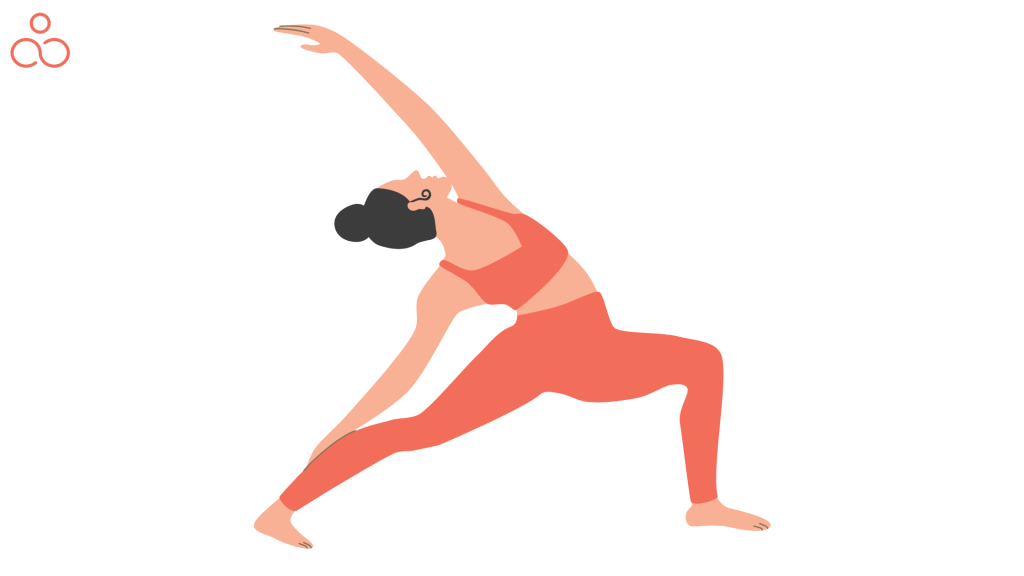
Slow Flow Yoga consists of two basic styles of practice: Vinyasa and Hatha yoga.
Hatha Yoga is a style that focuses on breathing, flexibility, ease, and strength, whereas Vinyasa Yoga is a style that features postures that move in a flow, mostly referred to as Vinyasa sequences. Slow Flow Yoga is the result of combining these two styles. The name “Slow Flow Yoga” is sometimes misunderstood to mean that the exercises are slow and take a while to perform. This isn’t correct. Vinyasa and Hatha feature a faster-paced flow that varies between standing and floor positions.
Slow Flow Yoga moves quickly enough to give you a wonderful exercise, but the motions are advanced and the tempo is slow enough that you have plenty of time to completely relax and focus on your full breath. This style gets its name from the smooth, flowing motions that the learner finds slow and calming.
Slow Flow Yoga vs. Vinyasa Yoga vs. Power Yoga
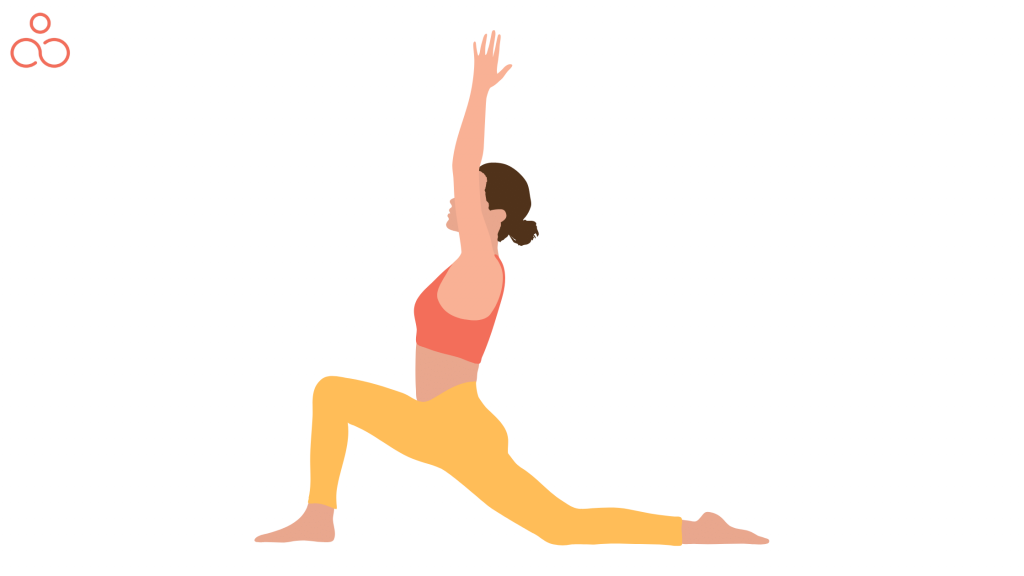
Slow flow Yoga is a sort of exercise that everyone can do (from beginners to advanced practitioners). It’s a low-impact activity that can gradually help you balance your body and mind. Slow Flow incorporates the element of time, allowing the practitioner to assess and adjust a position while performing it. It allows you to consciously interact with your body while transitioning from one posture to the next, reducing the risk of injury. It is a great approach to discovering your limitations and progressively improving them. After all, the primary goal of all yoga forms is to establish a stable link between the mind and the body. Slow Flow exercises are gentle but efficient in building up the muscles. The nicest aspect of practicing this Vinyasa Yoga sub-style is that it is accessible to people of all ages and levels of yoga experience. Vinyasa yoga is the main branch that promotes a sequential flow at a faster and more engaging pace. It pushes you to enhance your mental capacity by focusing on the present moment and keeping a stance. Whereas slow flow yoga has a steady pace that relaxes your thoughts, clears your head of all negativity, and gives you a more positive view.
Power Yoga, on the other hand, is also a sub-style of Vinyasa flow but it is more vigorous, fast-paced, and athletic similar to acrobatic routines. The dynamic movements give your body an intense workout but focus very little on achieving a meditative state of mind. It is better suitable for people with prior yogic knowledge and expert yogis who are looking for a more challenging and engaging routine as the flow doesn’t give sufficient space to master alignment at every pose.
- Number of Moves and Their Lengths: A practitioner of Power Yoga goes fast from one posture to the next, focusing on strength-building exercises. Slow Flow Yoga, on the other hand, involves a smooth and gradual transition from one posture to the next.
- Strength and Flexibility: Power Yoga is a type of yoga that focuses on strengthening your body quickly by holding poses for longer periods and focusing on more dynamic positions. Slow Flow, on the other hand, emphasizes the constant transition of poses, which makes you more flexible. Regular practice sessions of the Slow Flow, on the other hand, allow practitioners to steadily strengthen their muscles and joints.
- Body and Breath Awareness: Power Yoga is more body-focused since it strengthens your body in a shorter amount of time. Slow Flow, on the other hand, requires attention to both posture and breathing. Slow Flow is a wonderful kind of exercise that benefits both your body and mind.
Slow Flow Yoga vs. Yin Yoga
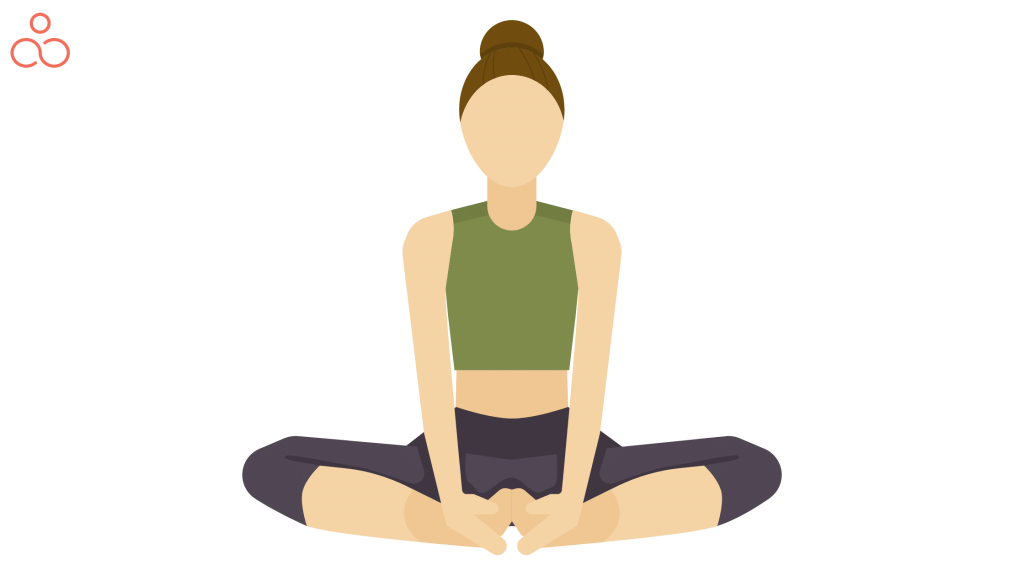
When we try to compare the slow flow yoga with the yin yoga sequence, it is clear that the yin technique is extremely slow-paced and requires you to hold poses for much longer durations. The yin yang practice is a Chinese Taoist practice and has been extensively used in Kung Fu training. The yin and yang explain the balance between the feminine and masculine energies.
Slow yoga is considered to be faster than Yin Yoga but both the techniques have their slow paces. The Yin technique doesn’t include a sequential flow of poses like slow flow yoga.
Physical and Mental Benefits of Slow Flow Yoga
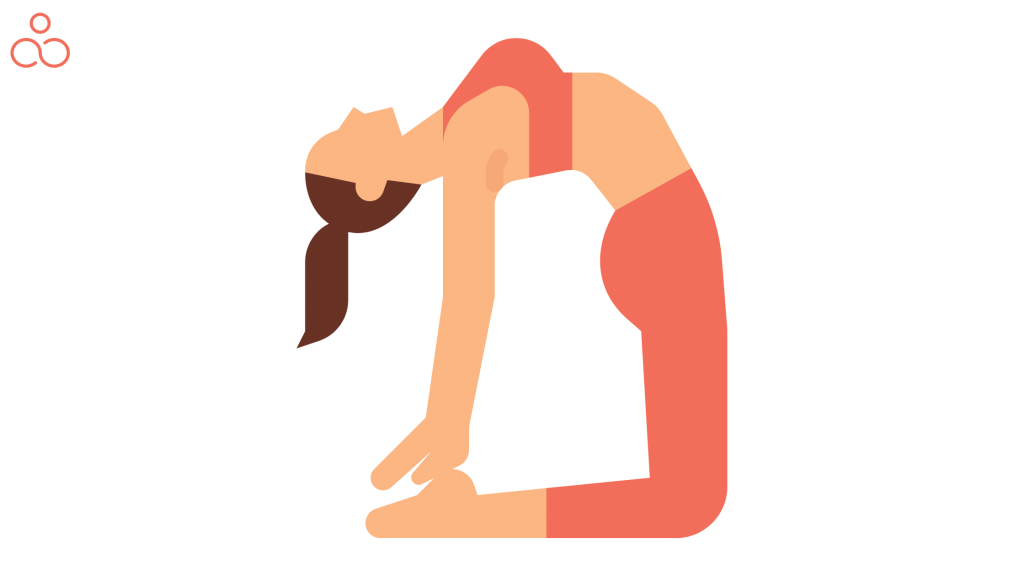
Physical Benefits
- Integrates Body, Mind & Spirit: Slow flow yoga is done at a leisure tempo to ensure that the sequence of poses is not interrupted. Slow flow helps the mind to become more connected with the body by allowing the body to move at a slower pace. It emphasizes the importance of setting an intention, be it staying focused on a favorite object, or it can be something as basic as the practice itself. This encourages the mind, body, and soul to work together bringing in a powerful sense of equilibrium.
- Improves Balance: Your balance will improve if you take time and regulate each stance. The same muscle groups that keep you balanced in a posture are also employed to support you while you’re standing. Everything is intertwined. You employ the same muscles that keep you upright when you elevate your foot in a downward-facing dog and clutch your toe or hang onto the wall for balance. Furthermore, as you move slowly and balance in poses, a system of muscle sensors called proprioceptors detects the body’s alignment and makes changes. It’s not only a static exercise; it’s also a dynamic one. You notice the changes, and they inform your brain about the necessary modifications. This occurs in slow motion, so you are unaware of it.
- Develops a Healthy Routine: Adopting yoga into your life is all about creating a routine. To make a regular practice possible, you must set aside time in your schedule to do so. This is best accomplished by identifying a location and being consistent with your routines.
- Provides a Meditative Experience: Slow Flow Yoga is a style in which you hold positions for longer periods, preferably three breaths for each pose. Furthermore, this practice allows you to get into a meditative state of mind. It allows you to calm your thoughts and focus only on the current moment. Furthermore, meditation may be effective for stress and tension in your body. Slow Flow Yoga is likely to be beneficial for your body and mind when compared to standard yoga classes.
- Stimulates the mind: Yoga may be exhilarating and hard even in the gentler courses, especially when you’re progressing into unfamiliar postures. Your brain swings into overdrive as you absorb what’s going on, and you could perhaps start to feel a bit agitated by the new challenges. Even if you’re pushing your body harder, you’ll probably feel tranquil along the way. You may discover that you can have a better mental composure at all times if you learn to communicate with your mind in calmness throughout your exercise.
- Helps in deep relaxation: Stress has taken control over many of our lives and some of us do not tend to relax even after a yoga session. That might explain why, although being slower than traditional yoga, Slow Flow Yoga is gaining popularity. It’s for those who aren’t yet ready for physically intense yoga practices. Slow Flow Yoga also puts you in a position to improve your overall health. It’s an excellent method for releasing negativity, anger, and tension. It allows you to practice self-love, which will aid in the development of healthier relationships.
- Builds Strength and Flexibility: Tissues, bones, and muscles lose suppleness after the age of 40. When persons over forty practice yoga, medical study shows that they gain substantial strength and flexibility in muscular tissue and bones (as measured by lean tissue mass, total body bone mineral density, and height). This style is suitable for people of all ages since it emphasizes flexible body postures. It allows you to comfortably complete the workout positions while also improving your muscular strength and balance. Flexibility improves your ability to prevent injuries and stay injury-free during your practice.
- Provides a soothing feel: All yoga practices are tranquil, but intentional slow-paced ones are extremely soothing. Slowing down entails pausing and you might wish to lengthen that wait over time. You will find yourself able to take a breath and grin more often in a fast-paced world of people, phones, and emails.
- Joints friendly: Due to the slow movements, the poses put less stress on your joints, especially if they are sensitive. It gives you more time to listen to your body and avoid movements, which could be uncomfortable.
Mental Health Benefits
- Helps to Manage Stress: Slow flow yoga aids in the management and alleviation of stress. After a yoga lesson, breathe gently and deeply to rejuvenate and relax your body. This can assist you in remaining calm and coping with stress throughout the day.
- Helps With Depression: Fighting depression gets simpler after you establish a solid equilibrium between mind and body and have greater control of your thoughts. Slow Flow Yoga can help you overcome despair and find purpose in your life.
- Nourishes The Brain: Slow Flow Yoga is claimed to produce a clear mind and awareness over time if done correctly. This results in a brain that is naturally vibrant and healthy.
- Manages Insomnia: Slow Flow Yoga can help you get a better night’s sleep by increasing the quality and amount of your sleep. A healthy existence begins with a good night’s sleep.
FAQ’s
Who should do slow yoga?
Slow flow yoga is suitable for all age groups and genders. You can adopt the slow flow yoga practice at any age or even if you are in rehab, recovering from an illness, surgery, or an accident.
Why should you practice slow flow yoga?
Yoga is one of the most effective techniques to bring our bodies, thoughts, and souls together to live a calm, healthy existence. Slow Flow, like any other type of yoga, has its own set of advantages. Slow Flow Vinyasa is a type of yoga that is known for increasing strength, flexibility, and mobility. It may also be used by people who are recovering from an injury or have a structural imbalance. If you’re a newbie or have restricted mobility, you can start with typical props like chairs, blocks, wall supports, blankets, belts, and so on.
Is Slow Flow Yoga for Beginners?
Yes, it is suitable for beginners. It is not just for beginners or those with physical limitations. Yoga practitioners of all levels can identify their challenges by carefully and intentionally working through this series. It’s possible that the pace could reduce, but there will still be challenges and obstacles to conquer.
What is slow flow yoga good for?
Slow Flow Yoga aids in the development of flexibility and strength. Stretching the body’s muscles and soft tissues, such as tendons and ligaments, is done through various asanas and postures. Lactic acid can build up in your muscles if you exercise for a long amount of time. This yoga exercise prevents the accumulation of lactic acid in the muscles and hence reduces post-workout fatigue.
What is the difference between Fast Flow and Slow Flow yoga?
Slow Flow courses will help you fill the gap between postures while still retaining the seamless rhythm of a flow class. Slow Flow sessions are a hybrid of Vinyasa Flow and Hatha yoga, with fewer transitions than Vinyasa Flow courses and more flow than Hatha classes. The fast flow like in power yoga is a more intense workout with hardly any time to perfect your alignments at every pose.
Is slow flow yoga hard?
The tempo is steady, yet not too fast to keep up with. For people who are new to yoga, it is a good alternative. Instructors frequently stand in front of students and move at a slower pace. Slow flow yoga lessons differ from rapid flow yoga classes where the yoga flow is less exact and the instructions are always to “find your own pace.”
Is yoga alone enough exercise?
There is no clear answer to this question. However, some experts suggest that yoga does not provide enough aerobic benefit to be utilized as a person’s sole source of exercise. While other yogis insist that yoga is adequate to keep a person fit and healthy throughout their life.
What is beginner yoga flow?
In Vinyasa yoga, flowing is comparable to dancing; it entails synchronizing every physical movement with each inhale and finding flow in every pose and transition. Many newbies to yoga complain about stiff hips and shoulders, which are typically the main complaint or emphasis areas.
Conclusion
Slow Flow Yoga provides a variety of physiological and psychological advantages. It improves both your physical and mental capabilities. Even if you have no prior knowledge, the style is simple to pick up. It’s more like contemplative yoga with a dancing component. You may practice it without overworking yourself. Start your practice today with a belief that it has the power to transform you, to push you along the road of enlightenment, both physically and spiritually.

